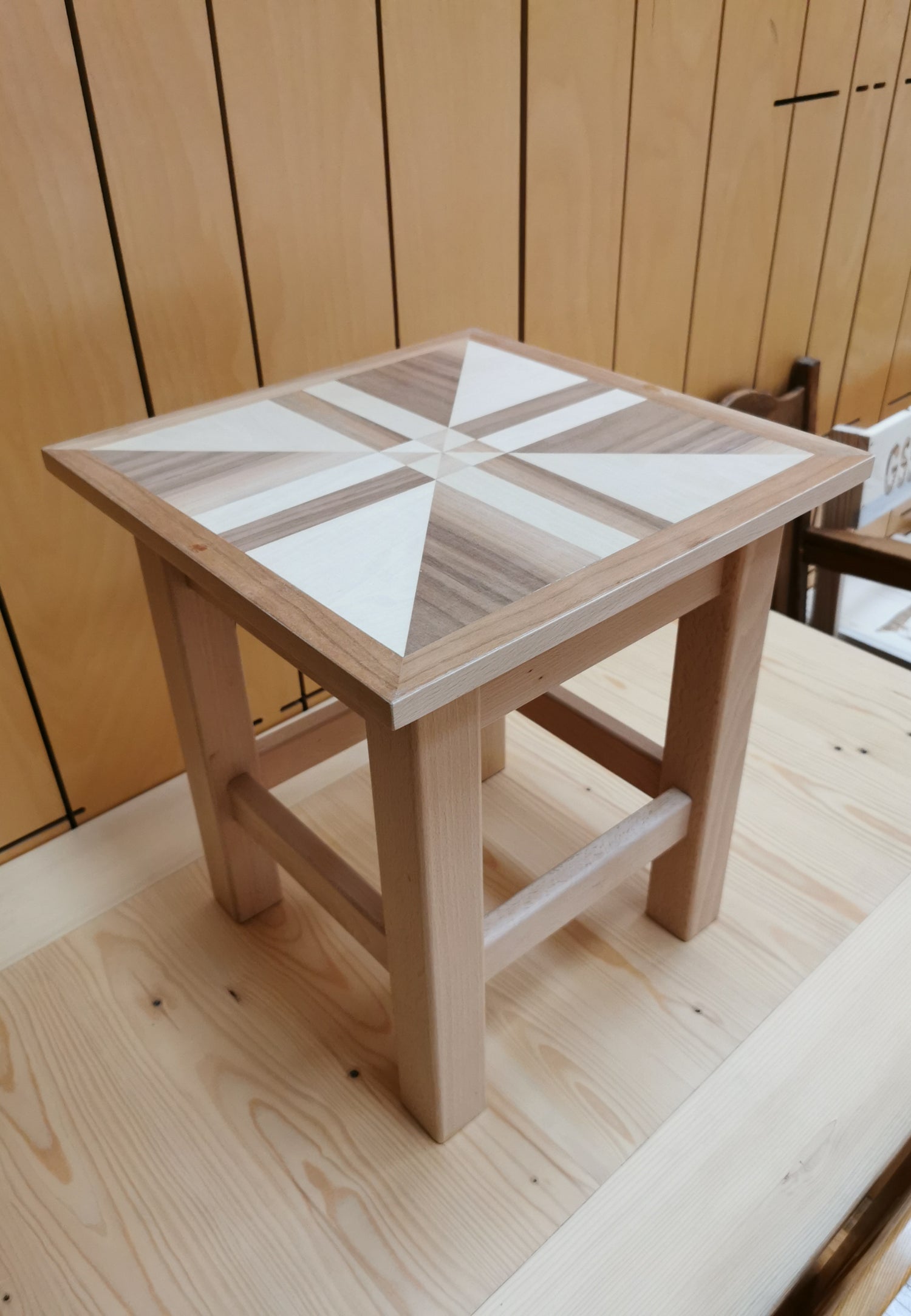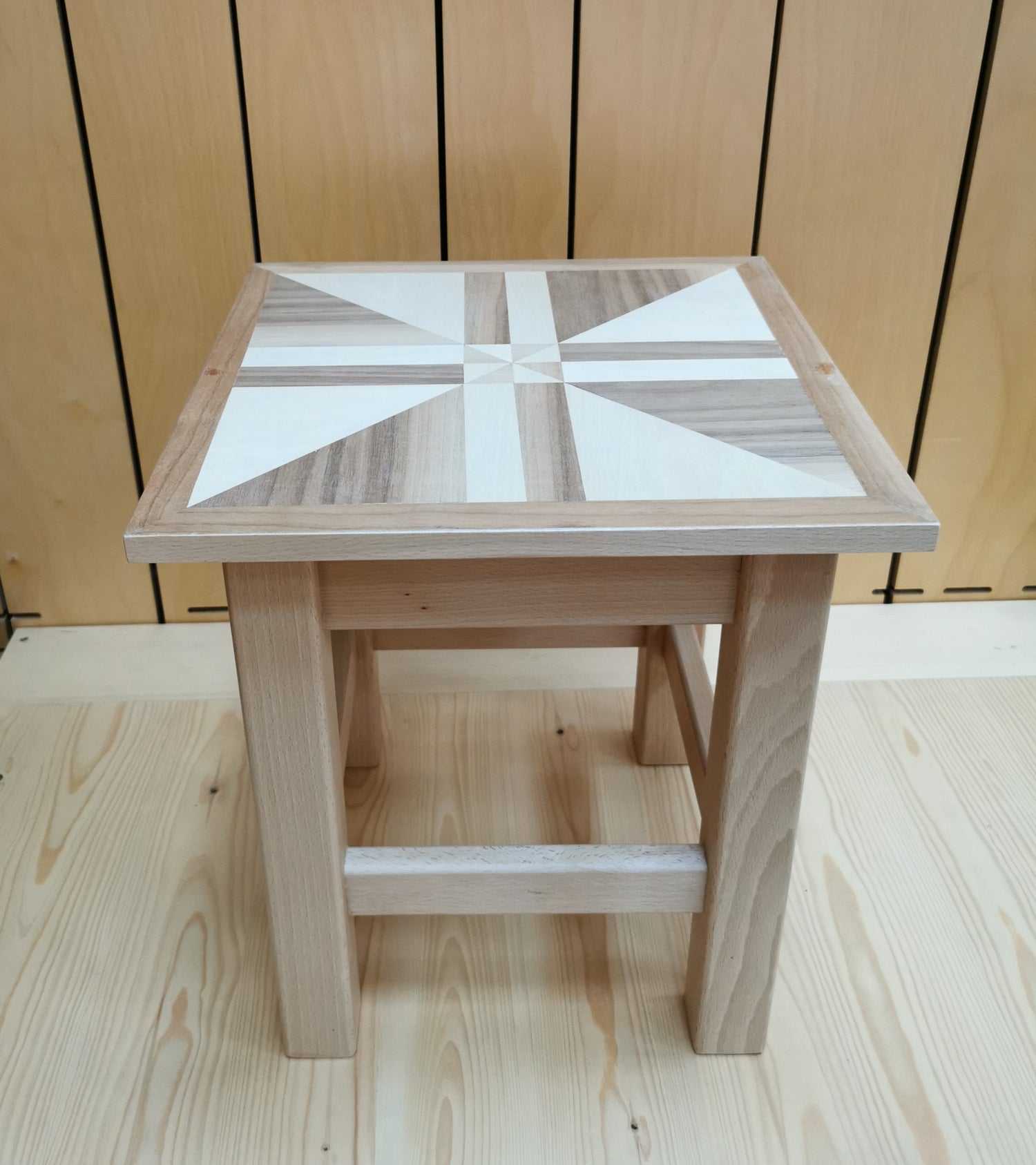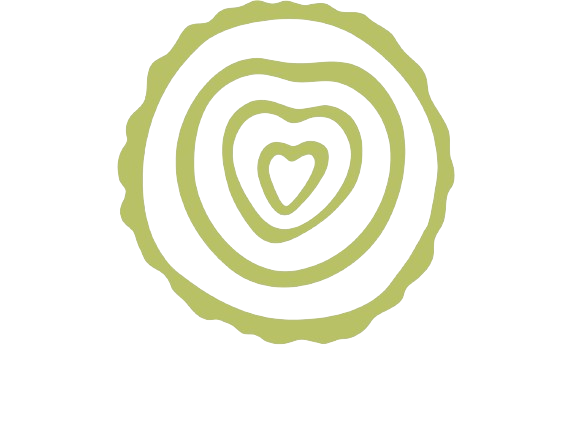ŠTOKRLE
IT'S INTERESTING THAT "ŠTOKERLE" ALSO APPEARS IN THE STORY OF THE SYMBOL OF THE SLOVENES – ALJAŽ'S TOWER. JAKOB ALJAŽ, AFTER BUYING THE SUMMIT OF TRIGLAV, COMMISSIONED TINSMITH MASTER ANTON BELC TO DRAW A CIRCLE AROUND THREE "ŠTOKRLE" AND MEASURE ITS DIAMETER. THE HEIGHT OF THE LINES OR WINDOWS OF THE TOWER, WHICH LOOKED IN ALL DIRECTIONS OF THE SKY, WAS DETERMINED BY SITTING ON A "ŠTOKERLE" AND MEASURING THE HEIGHT FROM THE GROUND TO THE EYES. THESE MEASUREMENTS WERE THEN USED IN THE CONSTRUCTION OF ALJAŽ'S TOWER, WHICH STILL STANDS ON THE HIGHEST SLOVENIAN PEAK – TRIGLAV.

It's interesting that the "štokerel" (a wooden stool) also appears in the story of a symbol of the Slovenes – Aljaž Tower. After purchasing the summit of Triglav, Jakob Aljaž commissioned the tinsmith Anton Belc to draw a circle around three "štokerels" and measure its diameter. They determined the height of the tower's windows, which faced all directions of the compass, by sitting on the "štokerel" and measuring the height from the ground to their eyes. These measurements were then used in the construction of Aljaž Tower, which still stands on the highest Slovenian peak – Triglav.
In addition to the "štokerel," an integral part of every (peasant) kitchen at the turn of the century was a table with a drawer for cutlery. If the kitchen was large enough, there were also wooden benches.

"Štok(e)rle" or "štokerl," in Kočevje dialect "Schtökhǝrle," a four-legged stool without a backrest, was an indispensable piece of furniture in every home. In many kitchens, it was still used after the Second World War or well into the second half of the 20th century. According to the Etymological Dictionary, the word "štokerle" comes from Bavarian German or the word "Stockerl," a diminutive form of the German word "Stock," meaning "stump" or "block." "Štokrle" were widespread not only in the wider Kočevje region but also throughout the LAS area and elsewhere in Slovenia.
The "štokerle" was distinguished primarily by its practicality, as it could be easily stored under the table when not in use. It was used not only for sitting but also as a low ladder for tasks near the ceiling, on cabinets, or for changing light bulbs, and even as a cabinet for storing various items. In the morning or evening washing routines, a basin or enamel bowl with water or even a flowerpot was placed on it. When adults allowed (which was rare), children played with "štokerle." With a little imagination, they used them as houses or, turned upside down, as a cart, car, or boat. The "štokerle" remained useful until it was completely worn out. Even then, it was not discarded but used as fuel in the stove.
